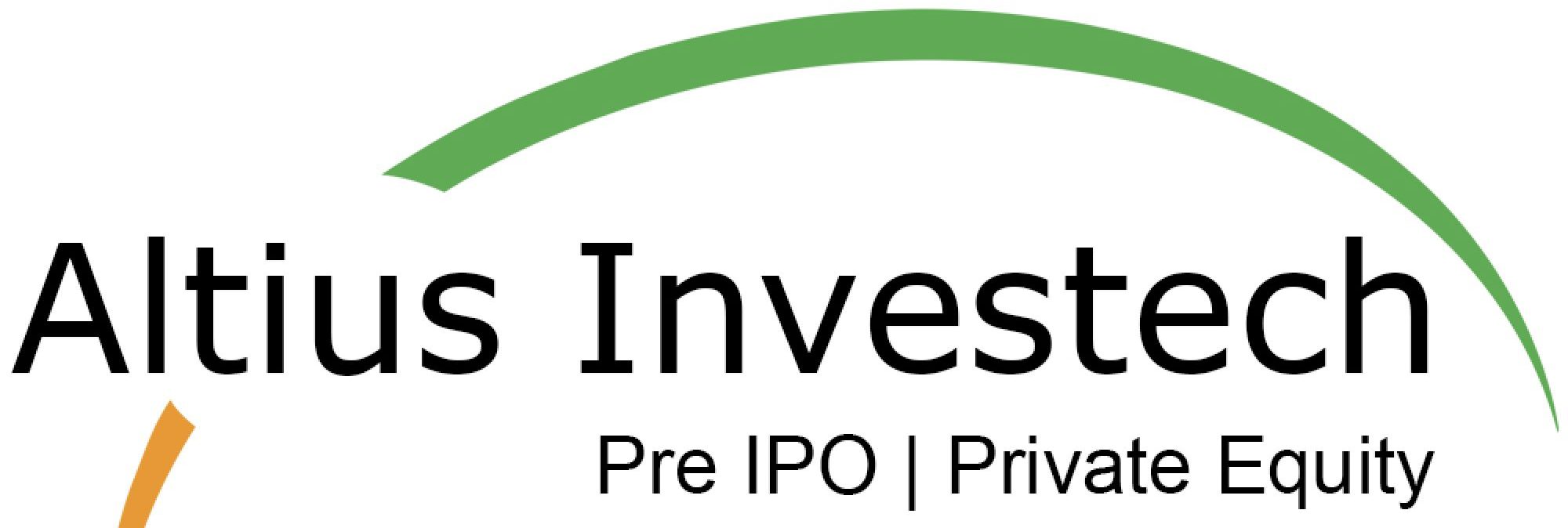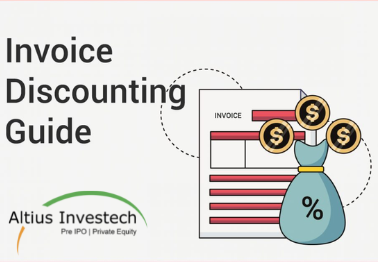What is Invoice Discounting & How Does it Work?
Invoice discounting is the process through which a corporation sells an invoice to a third party, sometimes referred to as a financing company. The firm receives a percentage of the amount billed to the client immediately after selling an invoice, but the finance company is responsible for collecting the complete payment from the buyer.
Businesses that sell their invoices might obtain immediate access to cash, increasing their cash flow and working capital cycle.
Invoice discounting is a popular financing strategy for firms who don’t want or can’t wait for their customers to pay their bills. It’s a popular alternative to traditional types of credit including loans and overdrafts.
How does Invoice discounting work?
- A company sells a product or provides a service to its customers.
- The seller bills the customer and gives them up to 120 days to pay.
- The invoice is subsequently sent to a third party, commonly referred to as a finance company.
- The finance company purchases the business’s account receivable. Funds are made available at a specified percentage of the invoice’s face value (80%).
- When a consumer pays, the remainder of the invoice is returned to the firm, less a service fee.
Fees for Invoice Discounting
The finance firm makes money from both the interest rate it charges on the loan (which is significantly higher than the prime rate) and a monthly fee to keep the arrangement going. It charges the borrower interest depending on the amount of cash loaned, not the amount of funds available to be loaned.
When Should You Use Invoice Discounting?
Companies with relatively high profit margins benefit the most from invoice discounting because they can easily absorb the higher interest charges associated with this type of financing. It is especially common in high-profit businesses that are rapidly expanding and require cash flow to fund future expansion.
If another lender already owns blanket title to all company assets as collateral on another loan, invoice discounting is impossible. In such cases, the other lender must forgo its entitlement to the accounts receivable collateral and instead take a back seat to the finance firm.
The Benefits of Invoice Discounting
Invoice discounting fundamentally accelerates client cash flow, so that instead of waiting for consumers to pay within their typical credit terms, you receive cash nearly immediately after issuing the invoice. This can be a significant advantage in cases where a company is very short on funds.
The Drawbacks of Invoice Discounting
Because of the high fees involved, invoice discounting is usually used as a last alternative for financing. You’d generally use it only after being turned down for most other types of financing. In contrast, this is not a desirable type of funding for low-margin firms because the interest on the debt may destroy any possibility of profit.
Example of invoice discounting
Joe’s Company has just begun a discounting service with The Invoice Company to help with cashflow, and Joe files a Rs.10,000 invoice to a customer for work already performed. Joe’s agreement with The Invoice Company stipulates that the advance percentage (also known as the ‘initial percentage’ or ‘prepayment percentage’) is 75 percent, which indicates that The Invoice Company advances Joe Rs.7,500 as soon as the invoice is raised.
Joe would typically upload the invoice to his lender’s online account and subsequently receive the advance.
Joe’s customer settles the invoice a few weeks later, depositing Rs.10,000 into a lender-controlled trust account. From the customer’s perspective, confidential facilities will appear to be paying Joe.
The remaining Rs.2,500 is then paid to Joe by the Invoice Company, less their expenses. In this scenario, the fees would be around Rs.250-300, therefore Joe would receive between Rs.2,250 and Rs.2,200.
Although this is a simplified example, the same approach may be extended to invoice discounting across the entire sales ledger. Of course, there are additional terms and restrictions that may apply, such as maximum accounts receivable, minimum period, maximum overdue accounts, and so on.
For any query/ personal assistance feel free to reach out at support@Altiusinvestech.com or call us at +91-8240614850.
To know, more about Unlisted Company. Click here – https://altiusinvestech.com/blog/what-is-listed-and-unlisted-company
You can also checkout the list of Best 5 Unlisted Shares to Buy in India
For Direct Trading, Visit – https://altiusinvestech.com/companymain.
To know more about How to apply for an IPO? Click- https://altiusinvestech.com/blog/how-to-apply-for-an-ipo/

